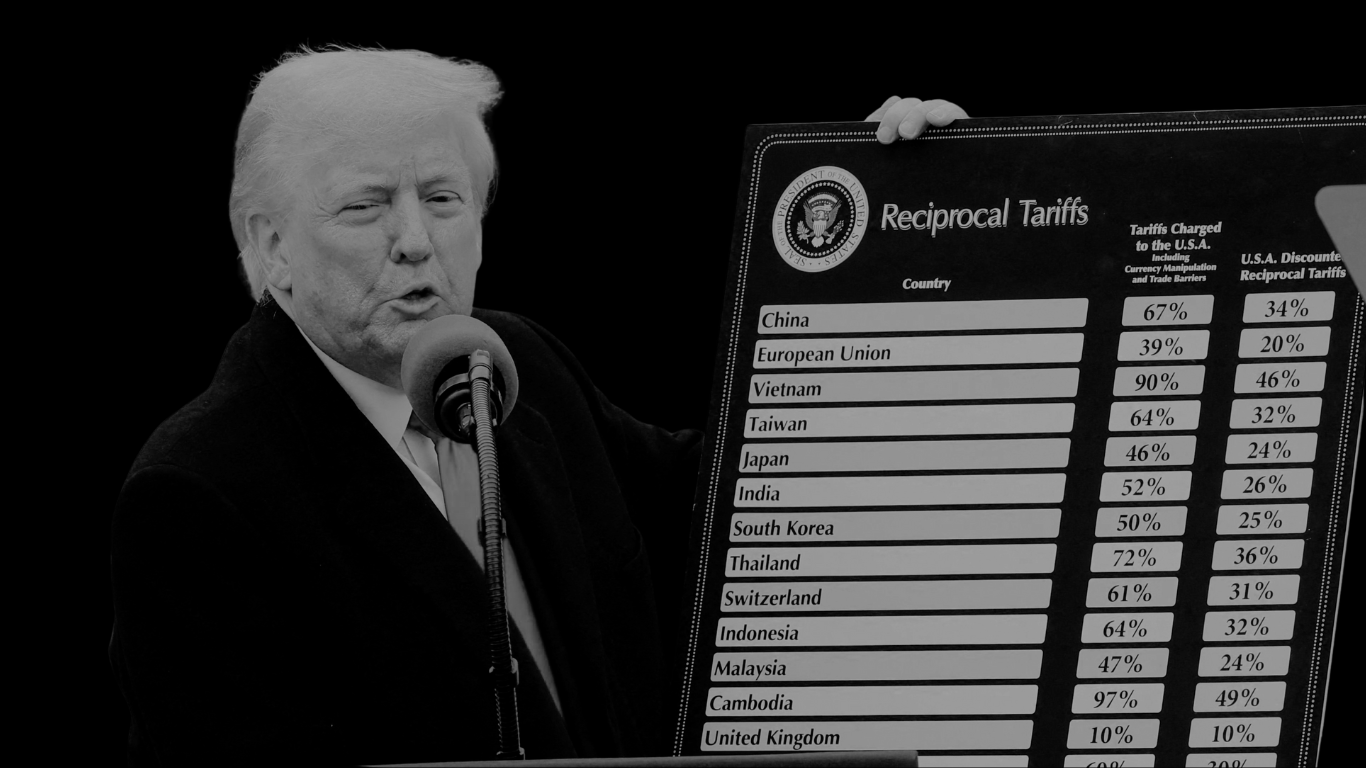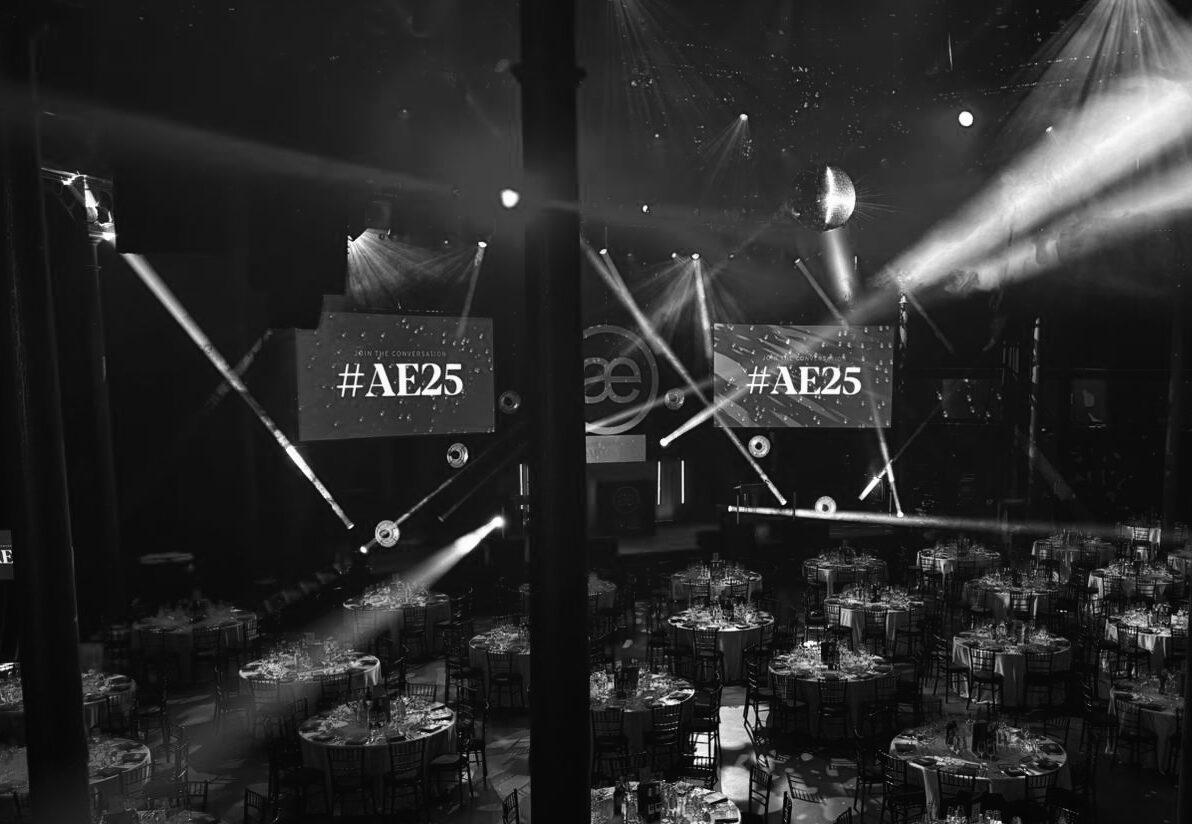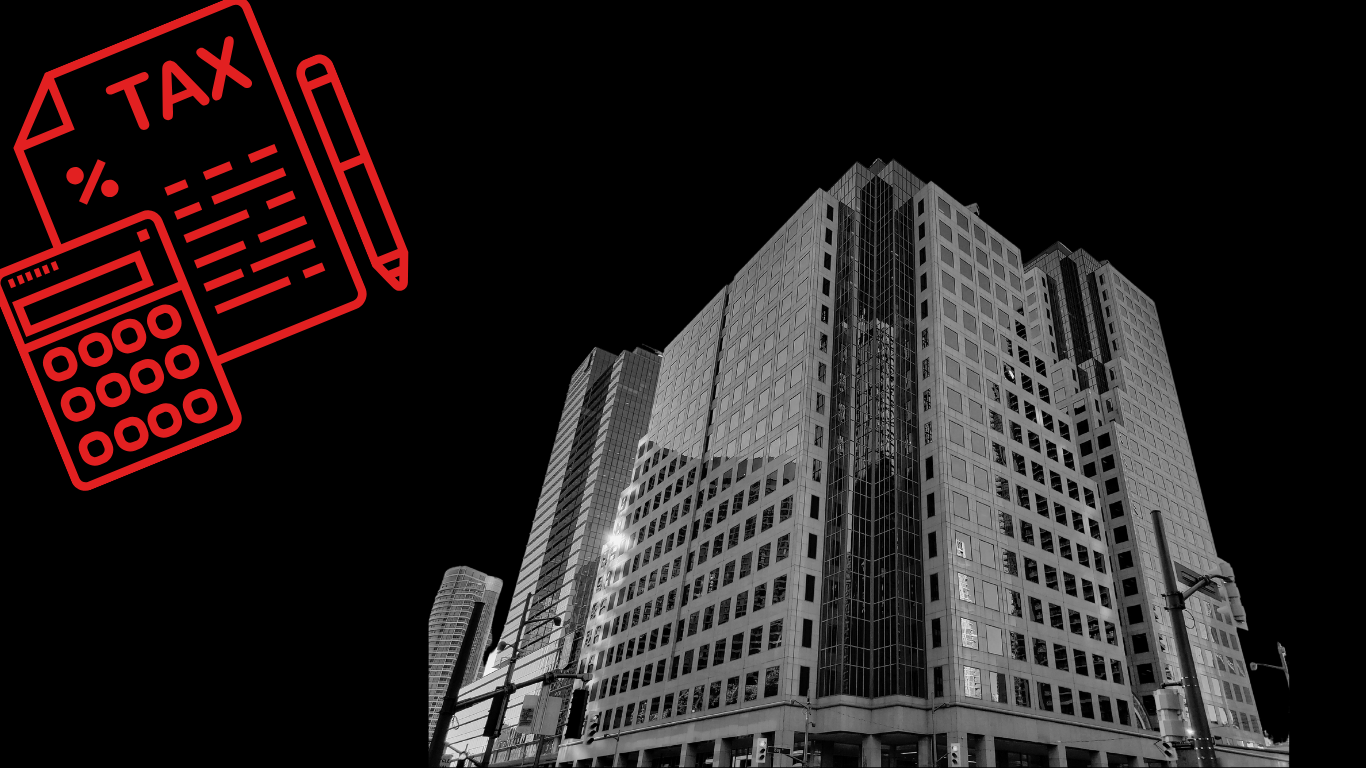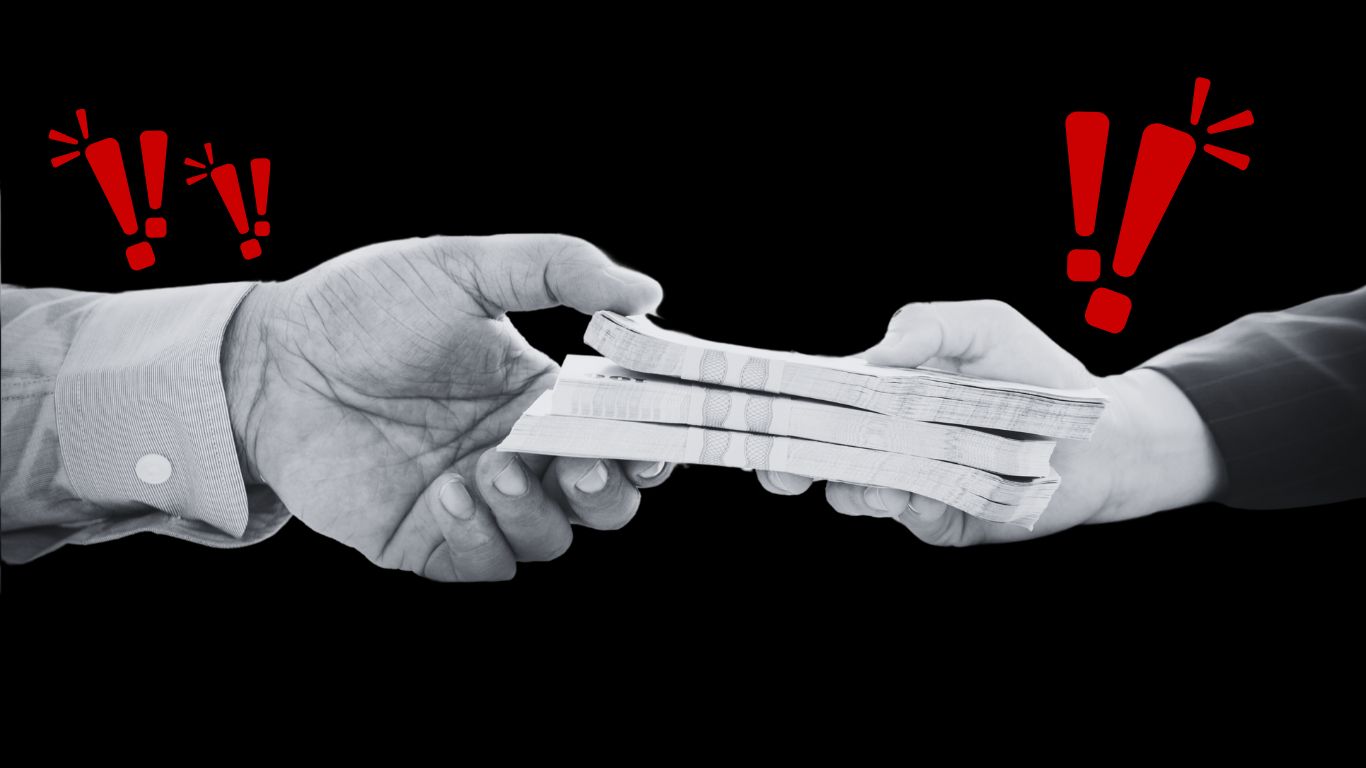What Is The Domestic VAT Reverse Charge?
The VAT Domestic Reverse Charge is a new law concerning VAT for building and construction services that will come into effect on 1st March 2021. This new scheme is an extension of the existing CIS (Construction Industry Scheme) and basically is a way of passing the responsibility for the reporting and paying of a VAT transaction of a good or service, from the seller to the buyer.
In other words, when a transaction is a subject to Reverse Charge, the recipient of the taxable goods or services must report both their purchase as their input VAT and the supplier’s sale as their output VAT on their VAT return. Maria Mousoullou, VAT Manager for Nordens Chartered Accountants, claims, “The Domestic Reverse Charge will affect the clients that are both VAT & CIS Registered. The main point with the Reverse Charge is that VAT will still be charged but when it comes to the payment, however the worker won’t receive it and therefore won’t have to report it to HMRC.”
What this means is that those who are supplying construction services to a VAT registered customer will no longer have to take into the account for the VAT. Sub-contractors in the construction industry will rely upon the contractor to declare the VAT directly to HMRC.
Maria goes on to explain in detail, “Before 1st March 2021, a builder completes a job that will cost the customer £1000 plus £200 (VAT), accumulating to a subtotal of £1200. This will be then be subject to a 20% charge for CIS (£200), therefore the builder will only receive £1000 for the job done. After 1st March 2021, a builder that completes a job will cost the customer £1000 plus £200 (VAT), accumulating to a subtotal of £1200. This will then still be subject to the 20% CIS charge (£200), however this time it will also take into account a VAT Reverse Charge of £200 and subsequently will receive £800 for the job done.”
To summarise, when an invoice is made out to a customer within the CIS, the cost of the work done, materials used, CIS deductions and VAT rate have to be shown, but VAT will not be paid. Here is an example of an invoice that will be made after 1st March 2021:

Who & What Services Will The Domestic VAT Reverse Charge Affect?
Construction or building services that fall under the VAT Reverse Charge include:
- Constructing, altering, repairing, extending, demolishing or dismantling buildings or structures (whether permanent or not), including offshore installation services.
- Constructing, altering, repairing, extending, demolishing of any works forming, or planned to form, part of the land, including (in particular) walls, roadworks, power lines, electronic communications equipment, aircraft runways, railways, inland waterways, docks and harbours.
- Pipelines, reservoirs, water mains, wells, sewers, industrial plant and installations for purposes of land drainage, coast protection or defence.
- Installing heating, lighting, air-conditioning, ventilation, power supply, drainage, sanitation, water supply or fire protection systems in any building or structure.
- Internal cleaning of buildings and structures, so far as carried out in the course of their construction, alteration, repair, extension or restoration.
- Painting or decorating the inside or the external surfaces of any building or structure.
- Services which form an integral part of, or are part of the preparation or completion of the services described above. This includes site clearance, earth-moving, excavation, tunnelling and boring, laying of foundations, erection of scaffolding, site restoration, landscaping and the provision of roadways and other access works.
Do not use the charge for the following services, when supplied on their own:
- Drilling for, or extracting, oil or natural gas
- Extracting minerals (using underground or surface working) and tunnelling, boring, or construction of underground works, for this purpose
- Manufacturing building or engineering components or equipment, materials, plant or machinery, or delivering any of these to site
- Manufacturing components for heating, lighting, air-conditioning, ventilation, power supply, drainage, sanitation, water supply or fire protection systems, or delivering any of these to site
- The professional work of architects or surveyors, or of building, engineering, interior or exterior decoration and landscape consultants
- Making, installing and repairing art works such as sculptures, murals and other items that are purely artistic signwriting and erecting, installing and repairing signboards and advertisements
- Installing seating, blinds and shutters
- Installing security systems, including burglar alarms, closed circuit television and public address systems
Why Are The Government Bringing In The Domestic Reverse Charge As Legislation?
The government announced the Domestic Reverse Charge scheme on 6th September 2019. It was introduced as an anti-fraud measure which reduces the risk of fraudsters charging VAT to the customer and not reporting and filing it to HMRC. The construction industry has been known to participate in a fair share of fraudulent activity, and with this measure in place, HMRC estimate it will bring in an additional £90m Tax Revenue for the first year and £140m on the following year.
This will effectively combat the number of cash-in-hand jobs, allowing construction industry workers and companies to not pocket VAT for themselves. This means that ultimately it will be much more difficult to deceive the client and HMRC.
What Is Needed To Comply With The VAT Reverse Charge?
As stated, if you are a sub-contractor or construction worker, then all that is needed is not to include a VAT charge in the invoice given to the customer/contractor. If you are a customer or a contractor, it is essential that this VAT charge is filed and reported to the HMRC.
If you are a business or contractor and are subject to the VAT Reverse Charge, it is essential that all software is up to date. Fortunately, many digital accounting software, such as Xero, calculates Domestic Reverse Charge automatically or may require a minor adjustment in settings. It’s essential that you check your software calculates the VAT Reverse Charge, otherwise you may be not filing your accounts correctly.
We hope this has outlined to you exactly what the VAT Domestic Reverse Charge is and whether or not you will be affected. If you require any more information on the VAT Domestic Reverse Charge or anything accounting related for that matter, please don’t hesitate to get in contact with us at Nordens, by calling us on 02085300720 or emailing businessdevelopment@nordens.co.uk, where one of our trusted advisors would be happy talking you through your query.









































































































































































































































































































































































































































































































